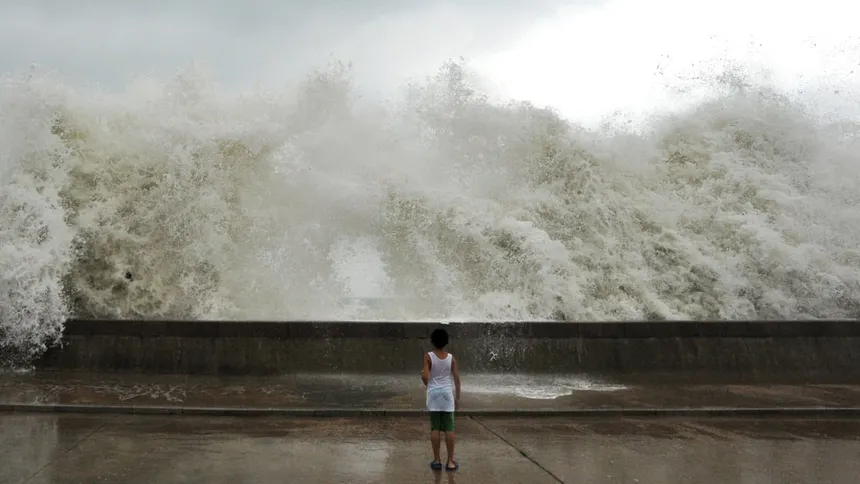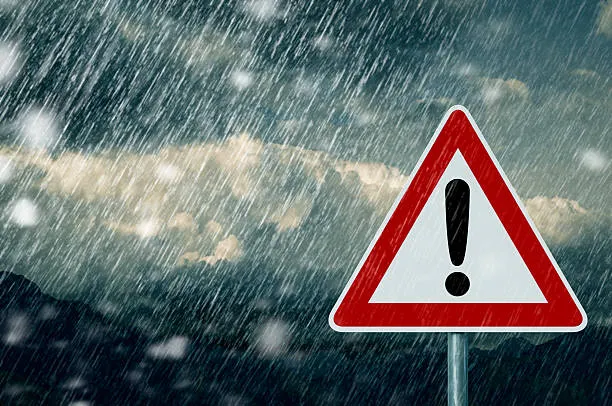The Hidden Dangers of Extreme Weather
Severe weather conditions are becoming more frequent and intense, causing widespread health concerns across the globe. From deadly heatwaves to freezing cold spells, the impact on public health is alarming. Experts warn that these extreme weather events are not just environmental issues but also major health crises. The rise in temperature-related illnesses, respiratory problems, and mental health disorders due to harsh demands urgent attention.

1. The Growing Threat of Extreme Weather
1.1 Climate Change and Its Role
- Global warming has increased the frequency of extreme weather events.
- Rising greenhouse gas emissions contribute to unpredictable weather patterns.
- Melting ice caps and rising sea levels intensify storms and floods.
1.2 Types of Severe Weather Conditions Impacting Public Health
- Heatwaves: Rising temperatures lead to heat strokes, dehydration, and cardiovascular diseases.
- Cold Waves: Freezing temperatures cause hypothermia and frostbite.
- Hurricanes & Floods: Increased risk of infections, injuries, and waterborne diseases.
- Wildfires: Smoke inhalation leads to severe respiratory illnesses.
- Droughts: Water scarcity affects sanitation and nutrition, leading to malnutrition and disease outbreaks.
2. Health Risks Caused by Extreme Weather Conditions
2.1 Heatwaves and Their Lethal Impact
- High temperatures cause heat exhaustion and heatstroke, especially among the elderly and children.
- Increased body temperature can lead to organ failure and even death.
- Rising heat levels worsen heart diseases, kidney problems, and other chronic illnesses.
2.2 Cold Waves and the Danger of Hypothermia
- Extremely cold temperatures slow body functions, leading to hypothermia.
- Frostbite damages tissues, sometimes requiring amputation.
- Homeless populations and the elderly are at higher risk of cold-related deaths.

2.3 Respiratory Issues Due to Air Pollution and Wildfires
- Smoke and poor air quality from wildfires cause severe lung diseases like asthma and bronchitis.
- High levels of air pollution increase the risk of stroke, lung cancer, and other respiratory conditions.
- Children and people with pre-existing health conditions suffer the most.
2.4 Mental Health Disorders Linked to Extreme Weather
- Natural disasters lead to anxiety, depression, and post-traumatic stress disorder (PTSD).
- Displacement due to floods or storms creates emotional distress and trauma.
- Financial losses from extreme weather impact mental well-being.
3. Who Is at the Highest Risk?
- Elderly and children: Weaker immune systems make them more vulnerable.
- Low-income communities: Lack of access to healthcare worsens health conditions.
- Outdoor workers: Constant exposure to harsh weather leads to chronic illnesses.
- People with pre-existing conditions: Asthma, heart diseases, and diabetes worsen due to extreme temperatures.
- Pregnant women: High temperatures and poor air quality can affect maternal and fetal health.
4. Measures to Protect Public Health
4.1 Government Initiatives and Policies
- Heatwave action plans to provide cooling shelters and hydration stations.
- Stronger regulations to control air pollution and reduce carbon emissions.
- Emergency response systems to tackle weather-related disasters efficiently.
- Investment in climate-resilient infrastructure.
4.2 Personal Safety Measures
- During Heatwaves: Stay hydrated, wear light clothing, avoid direct sunlight.
- During Cold Waves: Dress in layers, use heating devices safely, and avoid prolonged exposure.
- During Wildfires and Storms: Use masks, stay indoors, and follow emergency warnings.
- Mental Health Support: Seek professional help and community support in disaster-affected areas.

5. Conclusion: Preparing for a Safer Future
With extreme weather conditions becoming the new normal, governments, healthcare providers, and individuals must take proactive steps to minimize health risks. Awareness, preparedness, and proper response mechanisms can help reduce casualties and improve public safety. Investing in climate change solutions today will safeguard future generations from these worsening health crises.
Communities must also take action by educating themselves about weather-related dangers and learning survival techniques. Local authorities should ensure that emergency response plans are in place and accessible to all citizens. Additionally, businesses should implement eco-friendly practices to reduce their carbon footprint and contribute to long-term environmental sustainability.
Extreme weather is no longer a distant threat; it is happening now. The time to act is today!
Do Follow USA Glory For More Updates.





